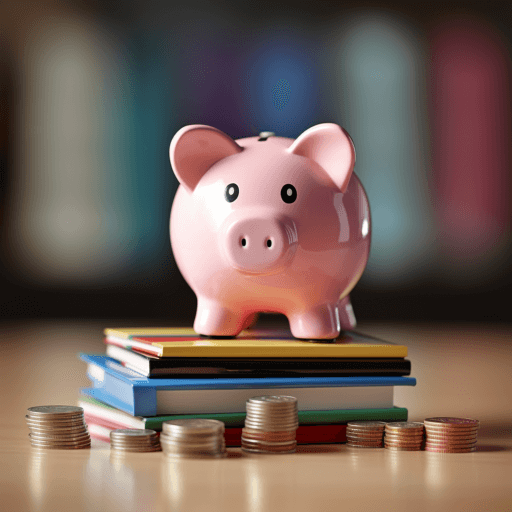Fortifying Your Finances: Building an Emergency Fund

Every household encounters unexpected financial hurdles. This article delves into the importance of an emergency fund—a financial lifeline that safeguards against life's unpredictability. We’ll explore how to create and manage this fund, ensuring you're equipped to handle surprise expenses without derailment.
Evaluating Your Current Financial Situation
Building an emergency fund begins with a thorough assessment of your current financial condition. This includes a comprehensive review of income, debts, monthly expenses, and any other financial obligations. By understanding where your money goes each month, you can identify how much you can realistically set aside for emergencies. Start by listing all your monthly expenses, categorizing them into essentials like rent, utilities, and groceries, and non-essentials like dining out and entertainment.
Assessing Monthly Expenses
Analyzing your monthly expenses is essential for comprehending how much you can allocate towards your emergency fund without compromising your current lifestyle. Categorize your expenses into fixed ones (such as mortgage or car payments) and variable ones (such as electricity or credit card payments). This will allow you to see where your money is going and pinpoint areas for potential savings. Consider using a budgeting app or a spreadsheet to keep track of your expenses and regularly review them for any changes that can affect your savings strategy.
Identifying Saving Opportunities
Once you have a clear understanding of your expenses, the next step is to cut back on non-essential spending. By reducing small, everyday expenses, you can find extra money to contribute to your emergency fund. Look for monthly subscriptions you do not use often and evaluate whether you can downgrade plans for services you do use. Additionally, consider energy-saving measures to reduce your utility bills. By making your coffee at home or bringing lunch to work, you can significantly increase your ability to save.
-
Review and cancel underused subscriptions
-
Switch to energy-efficient appliances
-
Implement no-spend days or weeks
-
Use public transportation or carpool to save on fuel
-
Shop smart by using coupons and seeking sales
Setting Realistic Saving Goals
Goals are vital in the journey of building an emergency fund. Calculate a realistic monthly saving target based on your assessment of expenses and saving opportunities. Think about what you could comfortably set aside each month without disrupting your daily needs. It's crucial that this goal is achievable; otherwise, you may become discouraged if the target is consistently missed. Break down your main goal into small, manageable steps, which can help you maintain focus and a sense of achievement as you progress towards your larger objective.
How Much to Save in Your Emergency Fund
There’s no universal amount that fits every household; your emergency fund should be tailored to your individual needs and responsibilities. A common guideline is to save enough to cover three to six months’ worth of living expenses, which can provide a substantial buffer against unexpected events such as job loss or medical emergencies. Take into account factors such as your job security, the number of income earners in your household, and the predictability of your expenses.
Building the Fund Gradually
The process of establishing a solid emergency fund is a gradual one. It may take months or even years, and it’s okay. Start small if large contributions aren't feasible initially; even a small amount set aside can snowball over time due to compound interest and consistent contributions. Automate your savings if possible. This removes the temptation to spend what you should be saving, ensuring that a portion of your income goes directly into your emergency fund consistently.
Varying Saving Methods and Account Types
Putting money into an accessible, low-risk account is key for an emergency fund. High-yield savings accounts, money market accounts, or share certificates (CDs) might offer better interest rates than traditional savings accounts. Ensure your chosen account provides a balance between earning interest and accessibility, as the fund must be easy to withdraw from without penalties in an emergency.
Always shop around for the best rates and lowest fees, and consider spreading your emergency fund across a couple of different types of accounts. By doing so, you can benefit from higher interest rates on longer-term savings while still having immediate access to funds with other accounts in case an emergency arises.
In conclusion, by following these steps—assessing your expenses, identifying saving opportunities, setting realistic saving goals, deciding your fund's size, building the fund gradually, and selecting the right savings methods and accounts—you’ll lay down the groundwork for a robust financial safety net. With patience and discipline, your emergency fund will grow, ensuring that you're prepared for life’s unexpected turns.
In this article, we've journeyed through the essential steps in building a robust emergency fund. This financial buffer is a cornerstone of a well-thought-out financial plan, enabling you to navigate life's surprises with confidence. By implementing a disciplined saving approach and responsive financial strategies, you're paving the way to a secure and unworried financial future.